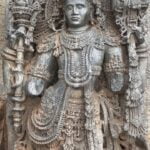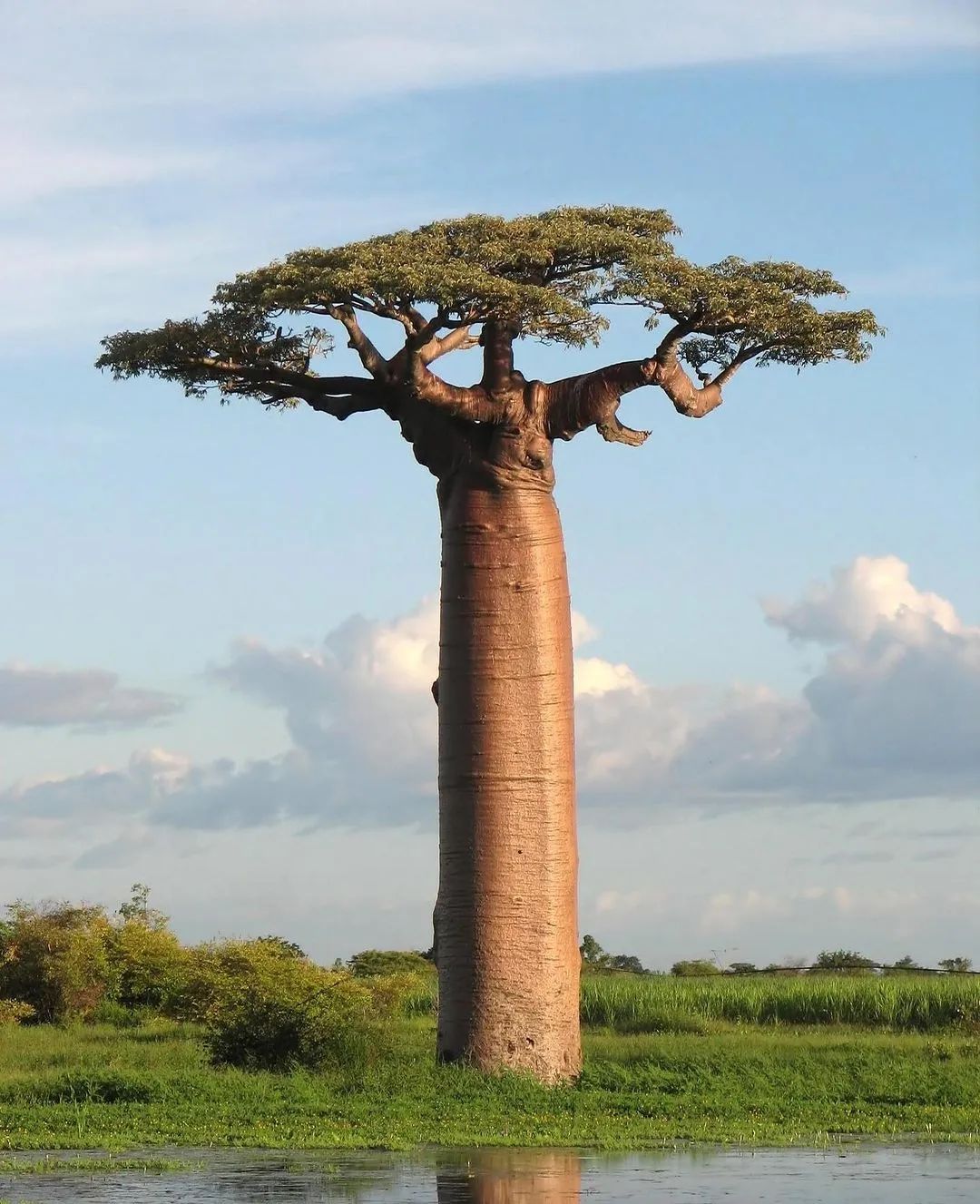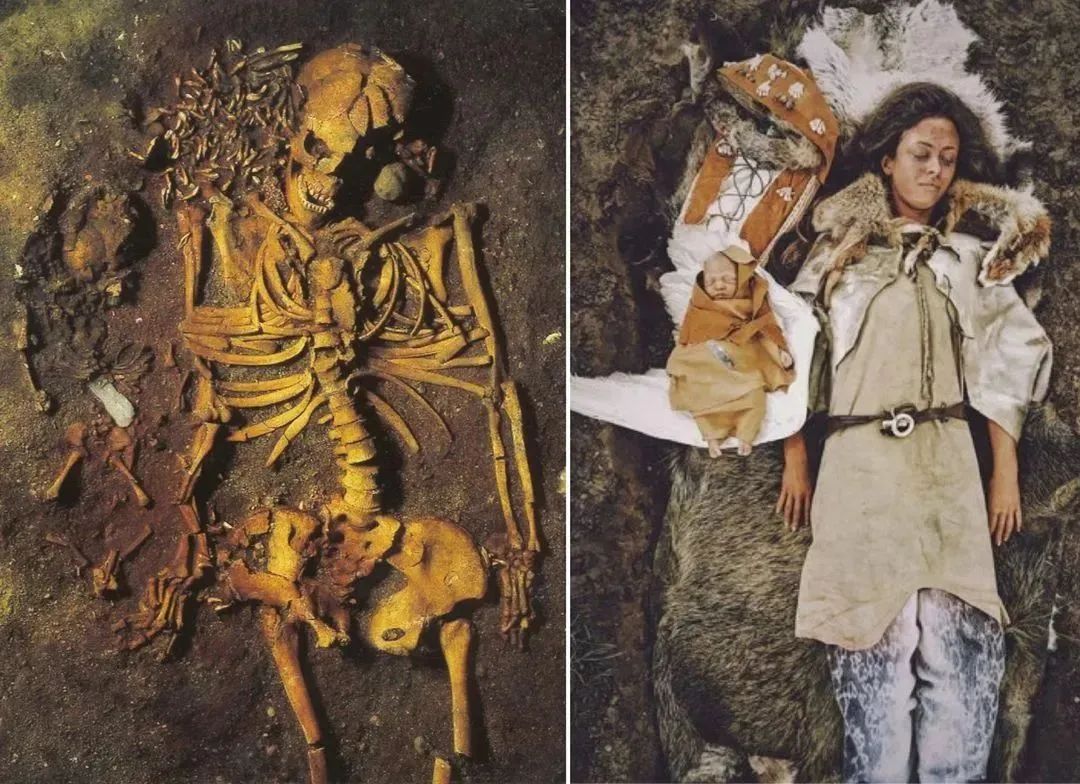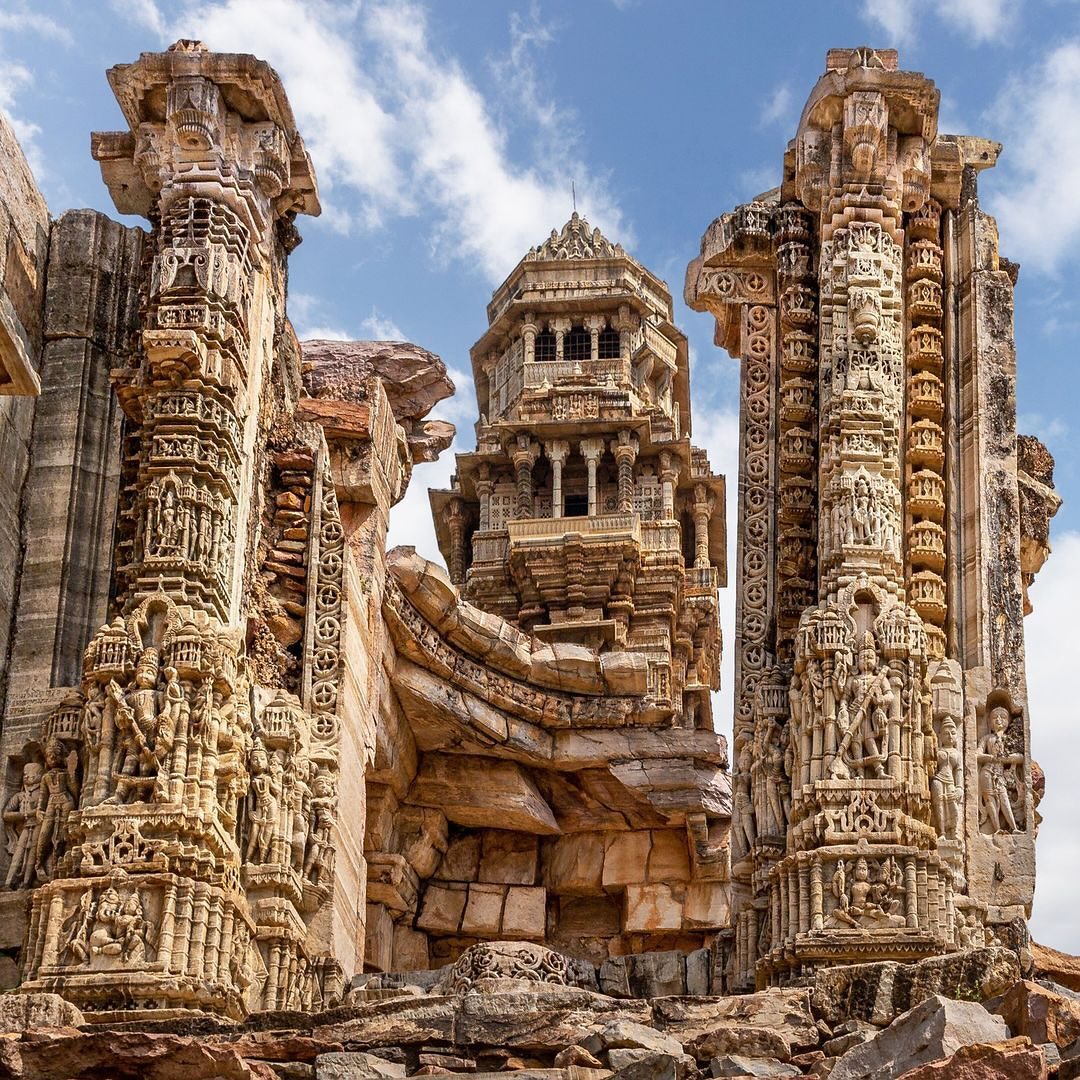Baobabs are highly symbolic trees in Africa, often referred to as the “Tree of Life.” These trees are an integral part of African history and culture, carrying deep and symbolic meanings related to life and sustainability. From their unique appearance and the large, human-like shape of their roots to the numerous benefits they offer to local communities, baobabs have a significant impact on both African culture and the environment.
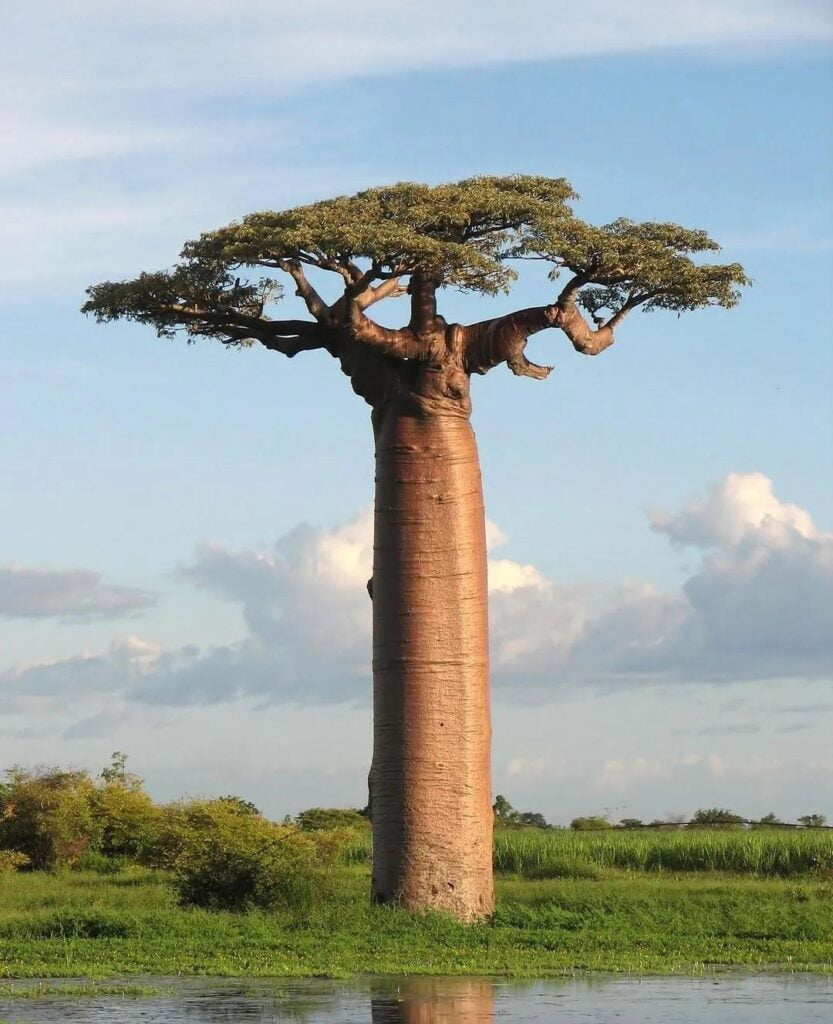
It can be said that baobabs symbolize strength and resilience in the face of harsh environmental conditions in the African desert. When we look at large, ancient trees, they represent security and a source of life for many creatures. Baobabs act as guardians of time and contribute to maintaining environmental balance.
Furthermore, various parts of baobabs are used in traditional medicine and as a source of food. The leaves, fruits, and bark can be beneficial for human health. Therefore, it can be said that baobabs are indeed a tree that embodies life and sustainability in Africa.
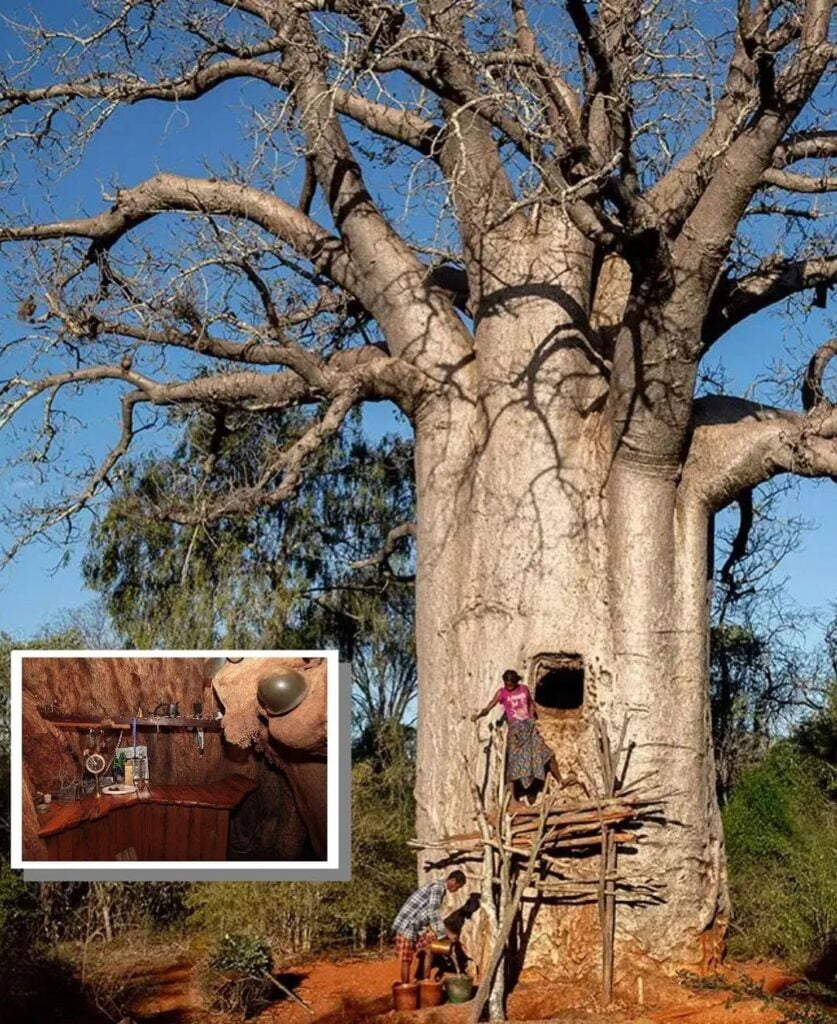
Also read about: “Unveiling the Enigmatic Secrets of the Timeless Erechtheion: Athens’ Most Iconic Temple Revealed!”
Baobabs are indeed revered and cherished in many African cultures for several reasons:
- Symbol of Resilience: Baobabs are known for their ability to thrive in some of the harshest environmental conditions, including arid and semi-arid regions. Their remarkable ability to store water in their trunks during the dry season and their longevity symbolize resilience and the capacity to endure adversity. This quality makes them a powerful symbol of strength in the face of challenges.
- Guardians of Time: Many baobab trees are incredibly old, with some estimated to be thousands of years old. Their longevity and historical presence connect them to the past, making them “guardians of time” that carry the stories and traditions of generations.
- Source of Life: Baobabs provide shelter, food, and water to various creatures, from birds to insects. They are often referred to as the “Tree of Life” because of the sustenance they offer to both wildlife and local communities. Baobabs can serve as a vital water source in times of scarcity, and their large trunks can store water, making them a lifeline for people and animals in arid regions.
- Cultural Significance: In many African cultures, baobabs are deeply integrated into religious and spiritual practices, folklore, and daily life. They often feature in myths and legends, and their presence can be seen as a sacred connection between humans and nature.
- Medicinal and Nutritional Benefits: The leaves, fruits, and bark of baobab trees have been used for centuries in traditional medicine and as a source of nutrition. They are rich in essential nutrients, vitamins, and minerals, making them a valuable resource for health and sustenance in regions where other food sources may be scarce.
In summary, baobab trees are more than just iconic landmarks; they represent a profound connection between nature and culture in Africa. Their ability to endure harsh conditions, provide sustenance, and play a role in local traditions and well-being makes them a symbol of life and sustainability in the African context.
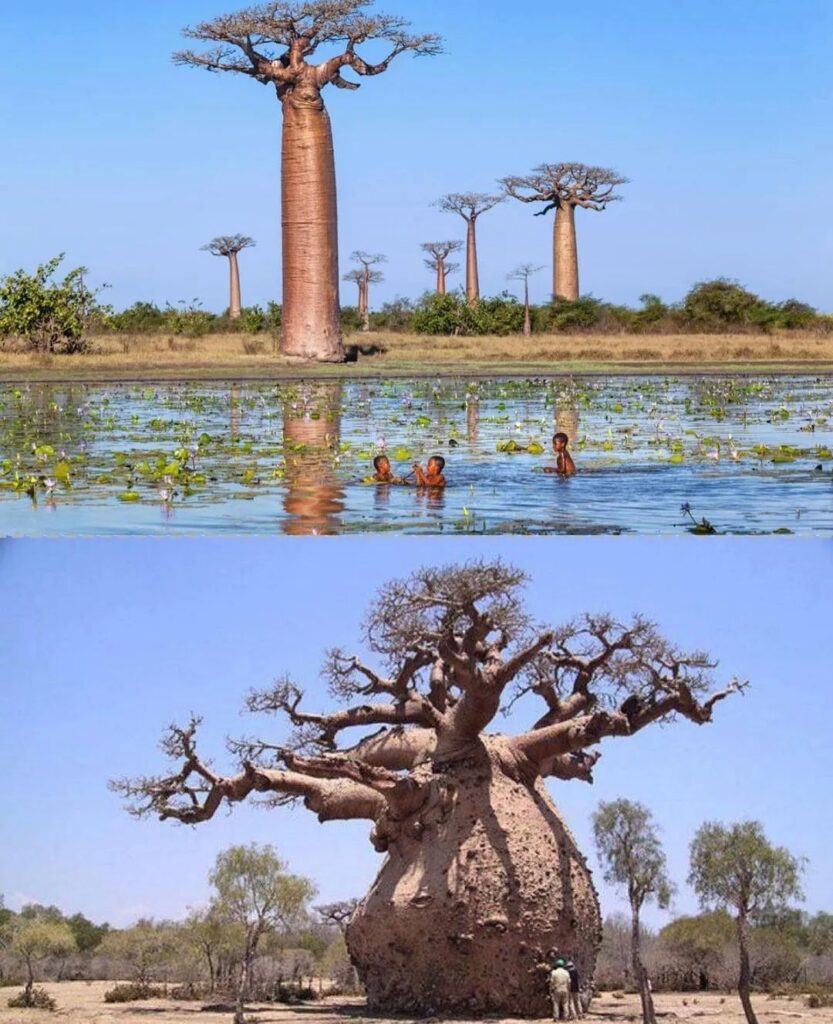
Also head out to this: “Discover the Most EPIC Mountain-Top Sleepover! You Won’t Believe the Views!”
As per your interest: Egypt: Statue of Pharaoh Menkaure with her two Queens: “Triad of Menkaure” are more than 4,500 years old, were excavated at Giza in 1908




